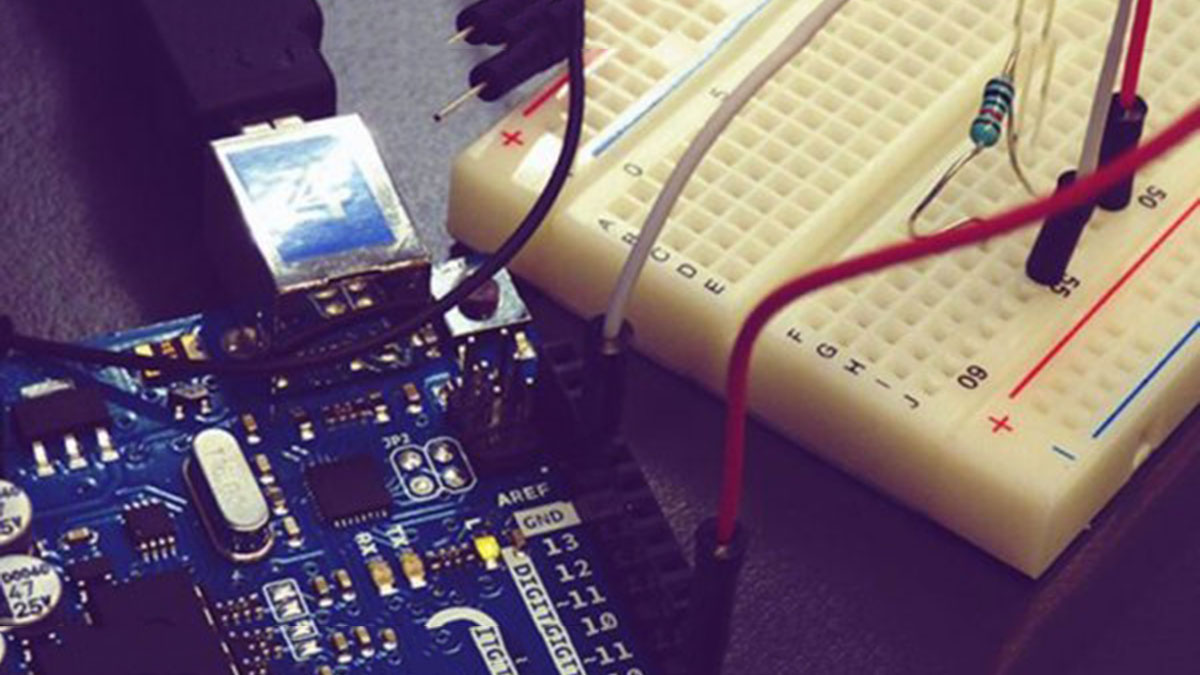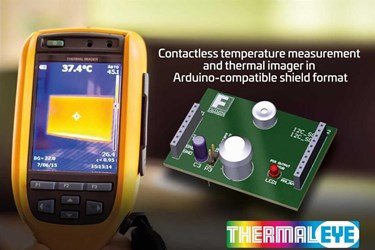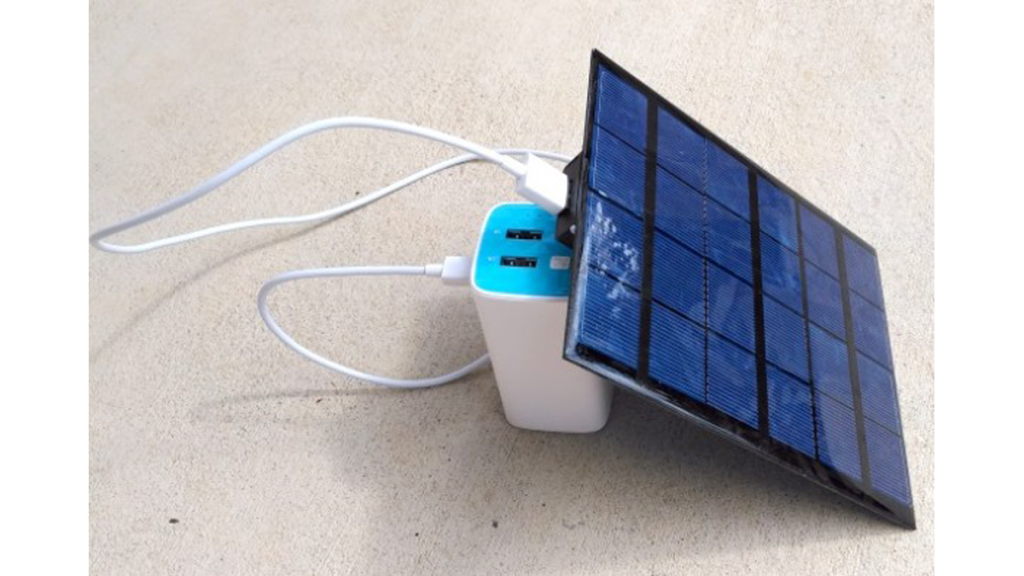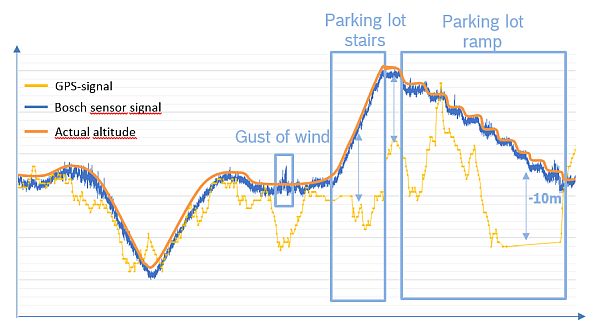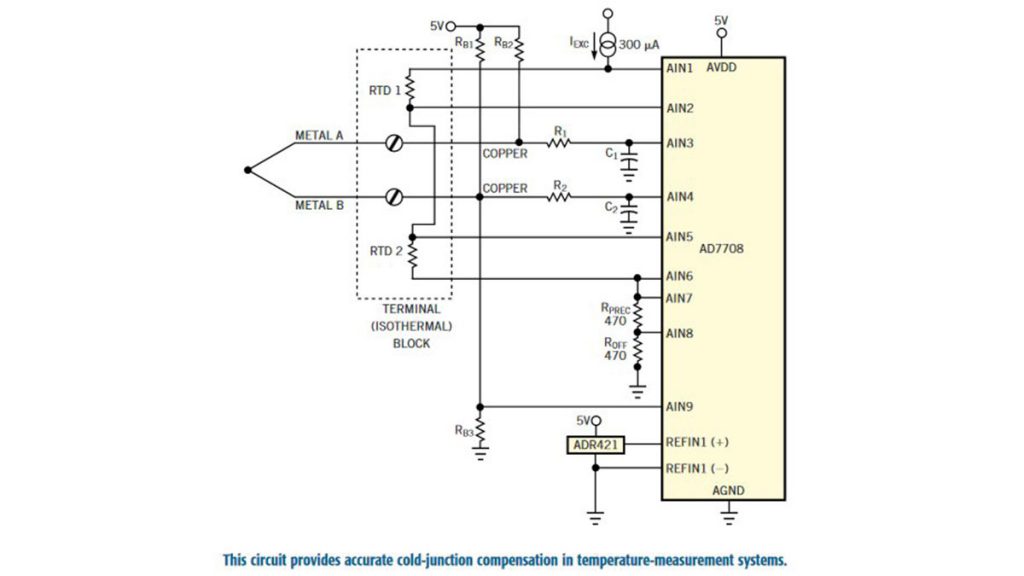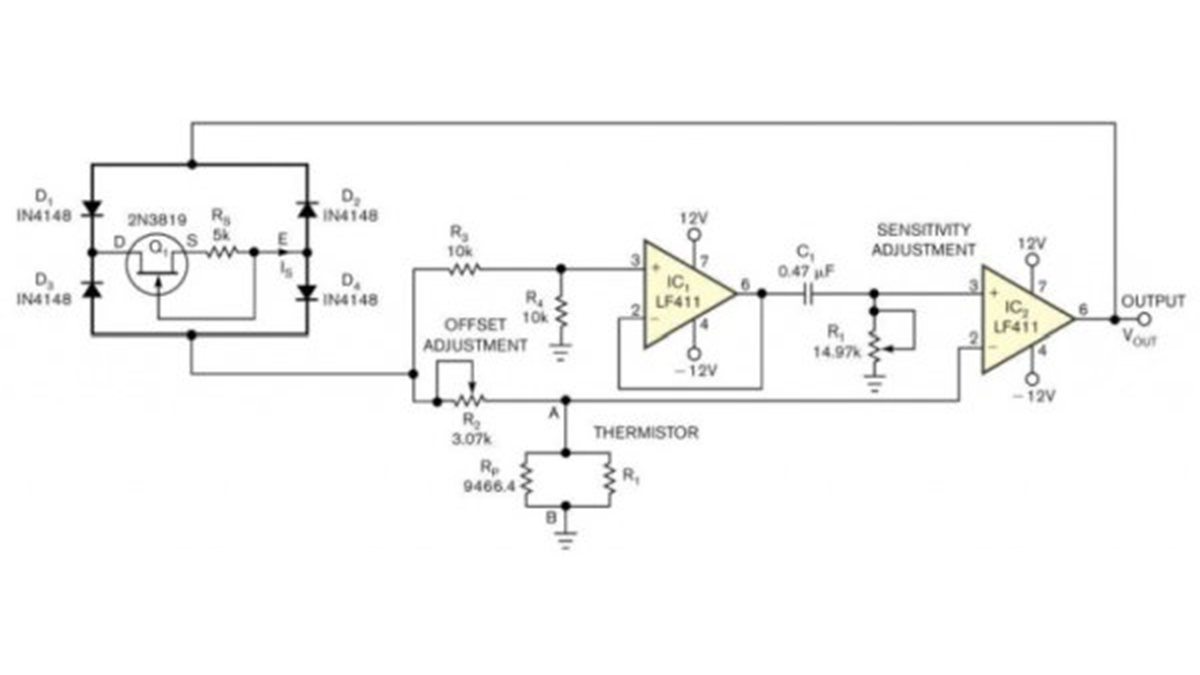ESP8266 Wifi enabled 8×64 pixel LED matrix display
This project is a modification of my previous Bluetooth-enabled LED matrix display project, which used 8×64 monochromatic LED matrix (total 512 LEDs) for displaying scrolling text message. The original project used Bluetooth for display data transfer from a smartphone, but this one now uses Wifi. The display message is sent through web browser to a ESP8266 […]
ESP8266 Wifi enabled 8×64 pixel LED matrix display Continue Reading

